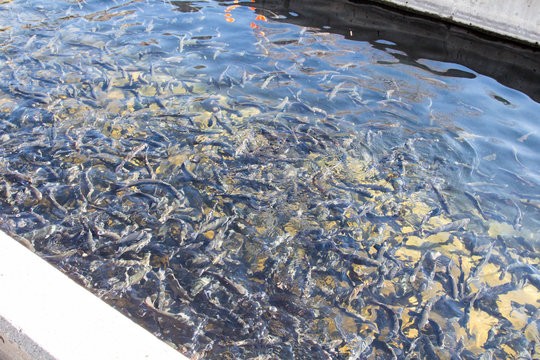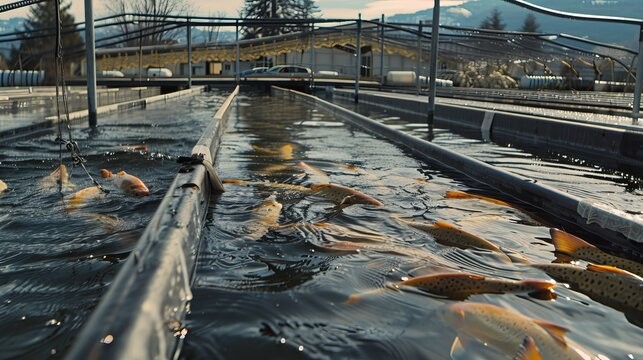General Agrovet Ltd
A Farm of Laughter and Happiness!
At General Agrovet Ltd, we advance agriculture with innovative and sustainable solutions, empowering farmers and enriching communities.
-
House # 500 (1st Floor), Road # 34,
New DOHS Mohakhali, Dhaka-1206, Bangladesh -
Call us: +8801896-283300
-

Mail Support: generalagrovet17@gmail.com




